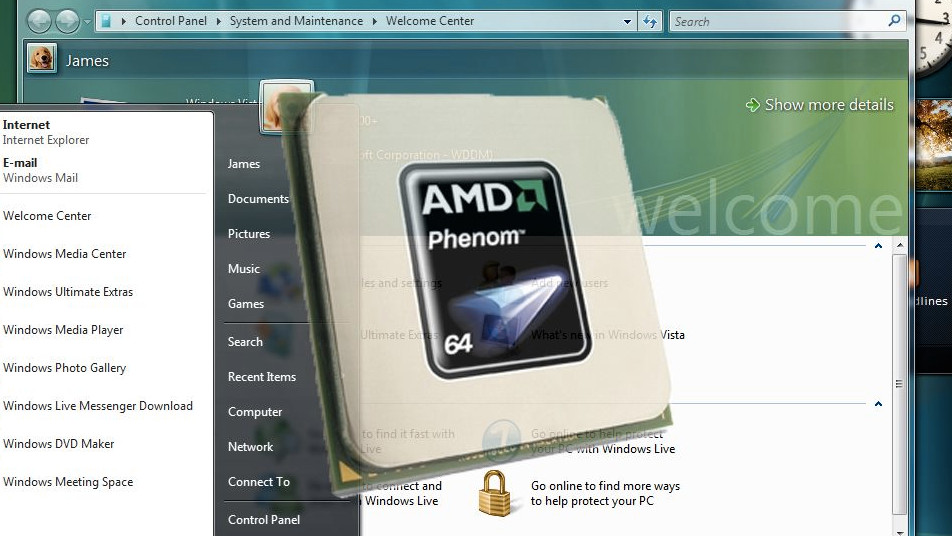AMD engineer discusses firm's 'Layoff Bug' — infamous Barcelona CPU bug revisited 16 years later

Back in the "glory" days of Windows Vista, AMD was already focused on providing high-performance, multi-core, 64-bit CPUs— but as noted by current and past AMD engineer Phil Park on Twitter, the AMD TLB bug impacting Barcelona architecture CPUs put the company in truly dire straits. In fact, Park says AMD called it the "layoff bug," apparently in a nod to the fact that the bug was so severe the resulting losses could lead to layoffs in the company.
Phil Park shares this and lots of other information in the thread, partially made to reply to comments by Hemant Mohapatra, a former AMD employee. We have previously referred to this thread when Mohapatra stated that Jensen Huang would have sold Nvidia to AMD if he could be CEO of the new joint company, and Phil Park confirmed those comments to be true.
According to Phil, the infamous AMD Barcelona TLB bug wasn't the only major issue at the time—that situation, combined with a privately canceled CPU core architecture, was also very expensive and dangerous for AMD at the time. Both issues were stated to "set us (AMD) back years." Still, the lessons learned ultimately culminated in the arrival of the AMD Zen architecture and the first generation of Ryzen and Threadripper processors with it.
But what was the AMD Barcelona TLB bug? If you weren't around at the time or weren't in the loop, news of this severe issue may have missed you entirely. But in short, AMD was launching its quad-core Phenom line of CPUs using Barcelona and server-grade Opteron counterparts, and all of these CPUs suffered from a TLB bug.
In this context, TLB stands for Translation Lookaside Buffer, and it served as a way to reduce significantly memory latency and improve performance on those AMD processors. However, a severe TLB bug was present that, if not mitigated, could result in subtle data corruption, complete system hangs, and severe crashes.
So, AMD had to act quickly. A software fix came first, which mostly just avoided heavy use of the TLB and, with it, increased memory latency and reduced performance by 10-20%, especially in virtualization scenarios. The soft fix was insufficient for many customers, especially enterprise customers who needed that functionality.
A hardware fix that followed the next year (2008) with revised Phenom CPUs successfully addressed the issue with only a minor performance penalty. Still, in contrast to AMD's apparent confidence at the time, it seems Barcelona was costing jobs and causing lots of stress at Team Red. Fortunately, AMD returned from its dark ages, and we still have a competitive CPU market that we appreciate today.
Get Tom's Hardware's best news and in-depth reviews, straight to your inbox.

Christopher Harper has been a successful freelance tech writer specializing in PC hardware and gaming since 2015, and ghostwrote for various B2B clients in High School before that. Outside of work, Christopher is best known to friends and rivals as an active competitive player in various eSports (particularly fighting games and arena shooters) and a purveyor of music ranging from Jimi Hendrix to Killer Mike to the Sonic Adventure 2 soundtrack.